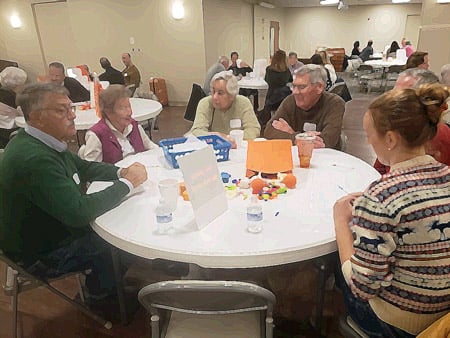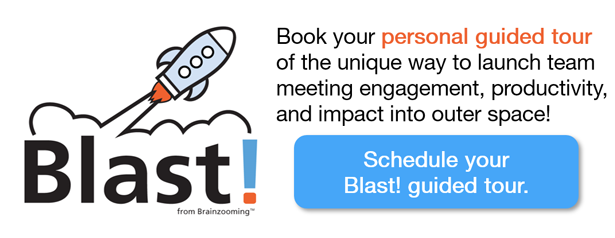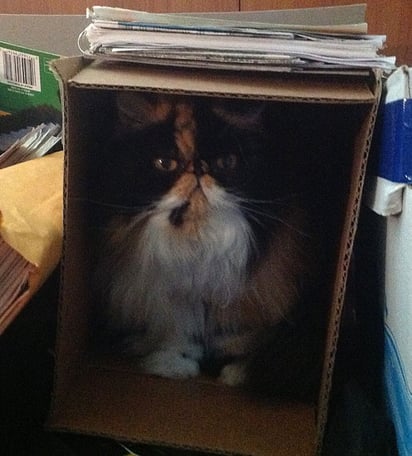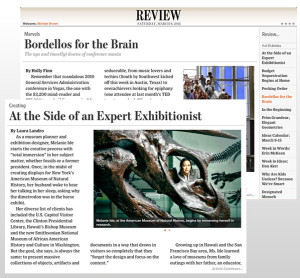I use techniques to manage group density and dynamics during Brainzooming collaborations that remain unnamed. Then, out of the blue one day, I happen to call them something. Once named, they turn into analogies. That leads to imagining new ways to employ them since applying analogies always takes me to new ideas.
One example? What I now call Musical Chairing.
Musical chairs is a game where there is always one participant more than the number of available chairs. You play music, and when it stops in each round, participants scramble to find a chair. The person who can’t reach a chair is eliminated, and the next round begins. Musical chairs is definitely a game of elimination where the field of play gets smaller and denser.

The Facilitation Challenge
While facilitating a large, in-person community strategy collaboration for a local church, parish leaders had no clear count for the expected number of attendees. Since we never want to run out of resources and activities for everyone, I designed and planned for eighty participants, the hoped for attendance.
That morning, we welcomed perhaps forty adults and a few kids. We clearly had:
- Too many tables and open seats with too many opportunities to isolate and avoid collaborating
- Too many varied exercise types (including ones designed for a single participant to roam the room and collaborate with others all morning and an entire area to create collages)
- Too many people assigned to a user experience exercise that would take one small group out of the room all morning
Surveying the large space, I eliminated participant options on multiple fronts:
- Removing tables and chairs on the fringes of the large parish hall to keep active working areas closer together
- Eliminating all but a single one-to-many collaboration exercise because they’d distract from small group collaboration
- Narrowing the variety and number of “everybody responds to one question” exercise sheets so we’d get more input on fewer questions
- Combined small groups after they formed when they had too few participants
I realized during the morning that I was managing group dynamics as if it were musical chairs. I was, in effect, taking away places to sit down and getting everyone closer together to maximize collaboration. The goal? Ensuring everyone had something to do without too many options for what they’d work on or who their collaborators would be (or not).
After applying the musical chairs framework, I explored other possibilities for creating greater density among participants. In subsequent online and hybrid Blast! collaborations, I’ve noticed how I manage comparable dynamics, but with twists for online density:
- Spreading people out virtually among questions so that ideas aren’t shared too quickly or slowly
- Sometimes letting people pick what they work on while other times assigning them starting places and paths through questions
- Relying heavily on the initial letter of first or last names to create small groups since we often don’t know who will participate beforehand (like in a recent Blast! with 170 people invited)
Of course, there’s also the “Stephanie Welsh gambit,” named after a dear friend and Brainzooming collaborator. Steph likes to keep everybody together at the start of a Blast! to generate a bunch of ideas very quickly within one virtual space.
Facilitating the Musical Chairs of Group Dynamics
If you facilitate groups of any size, we recommend:
- Managing small group dynamics so there are enough people to generate an expected volume of work
- Concurrently managing how close each small group is to others (physically or virtually) based on the size and dynamics of the overall space
If you’re interested in ideas for creating wildly productive in-person or virtual collaboration, let’s talk. We have all kinds of ideas to share! – Mike Brown




